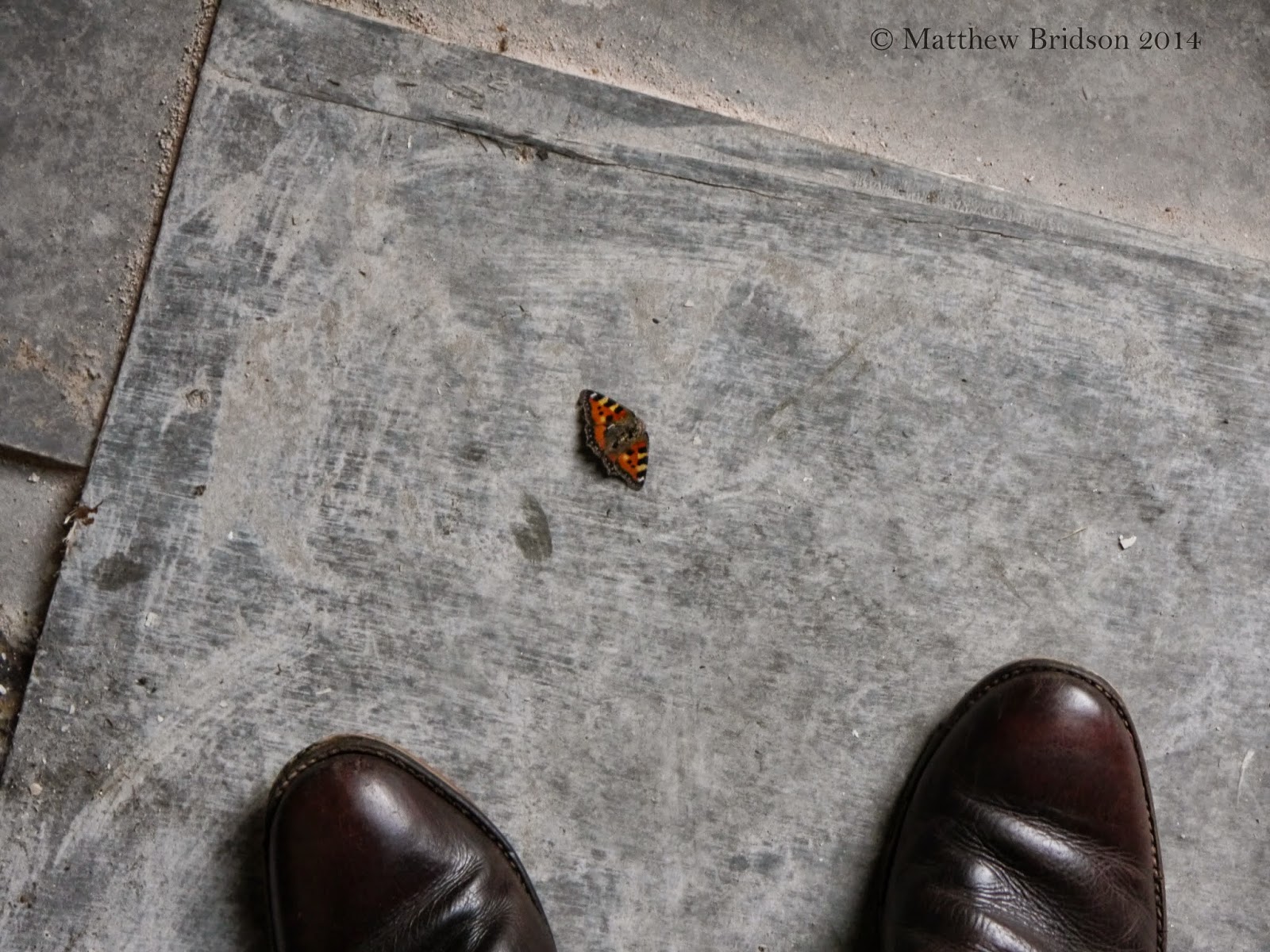The stunning Victorian Gothic Revival masterpiece that is the former Liverpool Seamen's Orphanage stands in stark contrast to the pleasant, sunlit lake at Newsham Park, darkly brooding in silence as the ducks are fed. Built in 1874, it was to house the children of Liverpool's sailors, who often died at sea or were unable to care for the young members of their families.
My family and I learned last year that my great-great-grandmother spent time in the Orphanage as a little girl and, in a cyclical twist of fate, was to pass away there as an old woman when it later became a psychiatric hospital in the twentieth century. That said, the building holds a special fascination for me, but has been under lock and key since it was left deserted in the early nineties. So, when I learned that its doors were to be opened to the public to showcase student artwork for the first Liverpool Art Festival, I leapt at the chance to explore and photograph it's mysterious interior.
Supposedly haunted by the ghosts of its former students and mental patients, to wander the corridors of the Seamen's Orphanage is a chilling experience to say the least. Many of its rooms still contain medical equipment and other unnerving relics of its past, and you would be easily forgiven for thinking you'd somehow walked onto the set of the hit TV show, American Horror Story: Asylum. This place is no work of fiction, however, and the forgotten stories of untold sadness and insanity that must have took place here are all too real.
While the faded glory of the place is incredibly compelling, such a beautiful building cannot be left to fall into dilapidation for the sake of the occasional photographer looking for an evocative shot or two. It's encouraging to hear, then, that the current owners, a development agency, are considering plans to transform the majestic space so that it can play host to a multitude of cultural events. I hope that such a change will dispel some of the oppressive shadows of its former uses that still linger within, and let us celebrate and preserve this unique piece of Liverpool's architectural heritage.









No comments:
Post a Comment